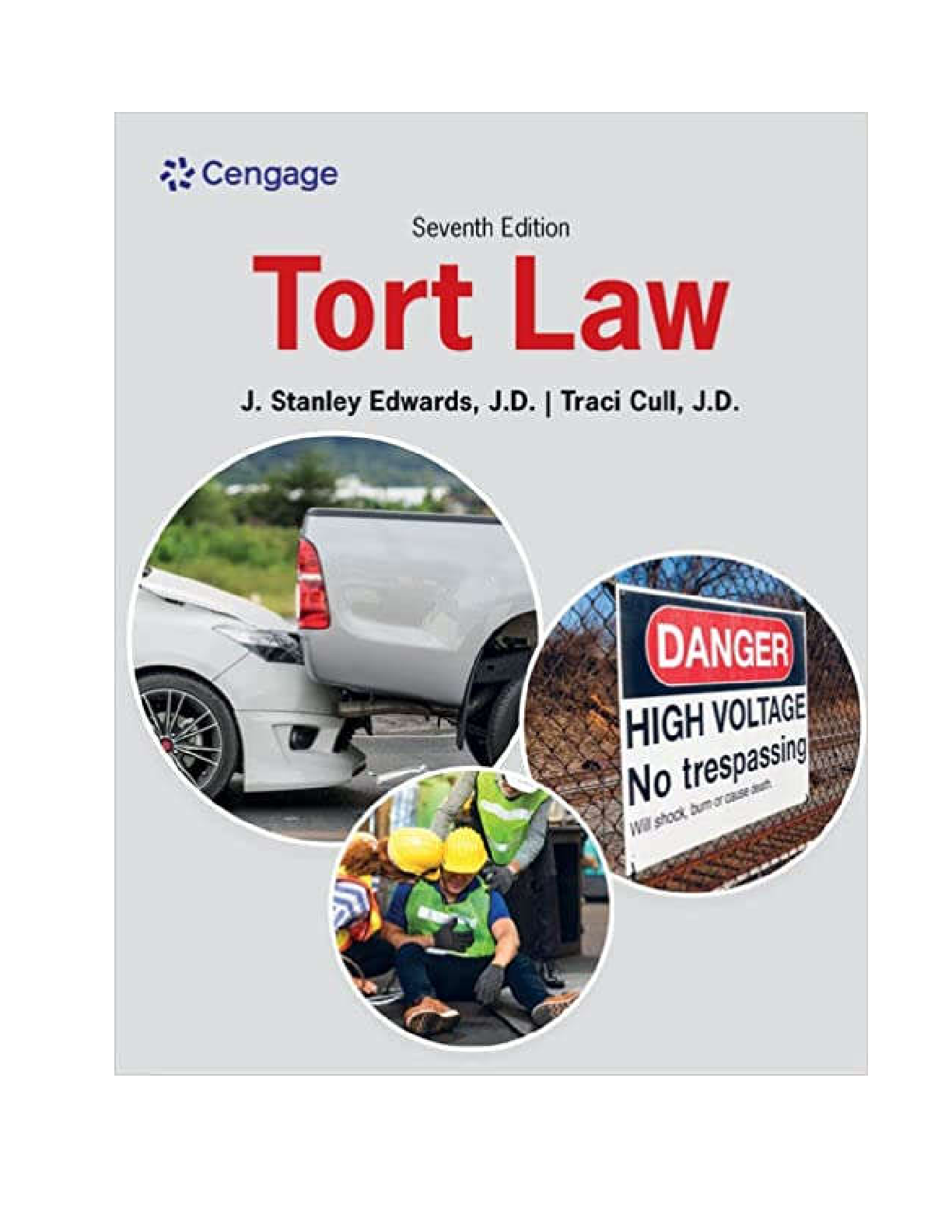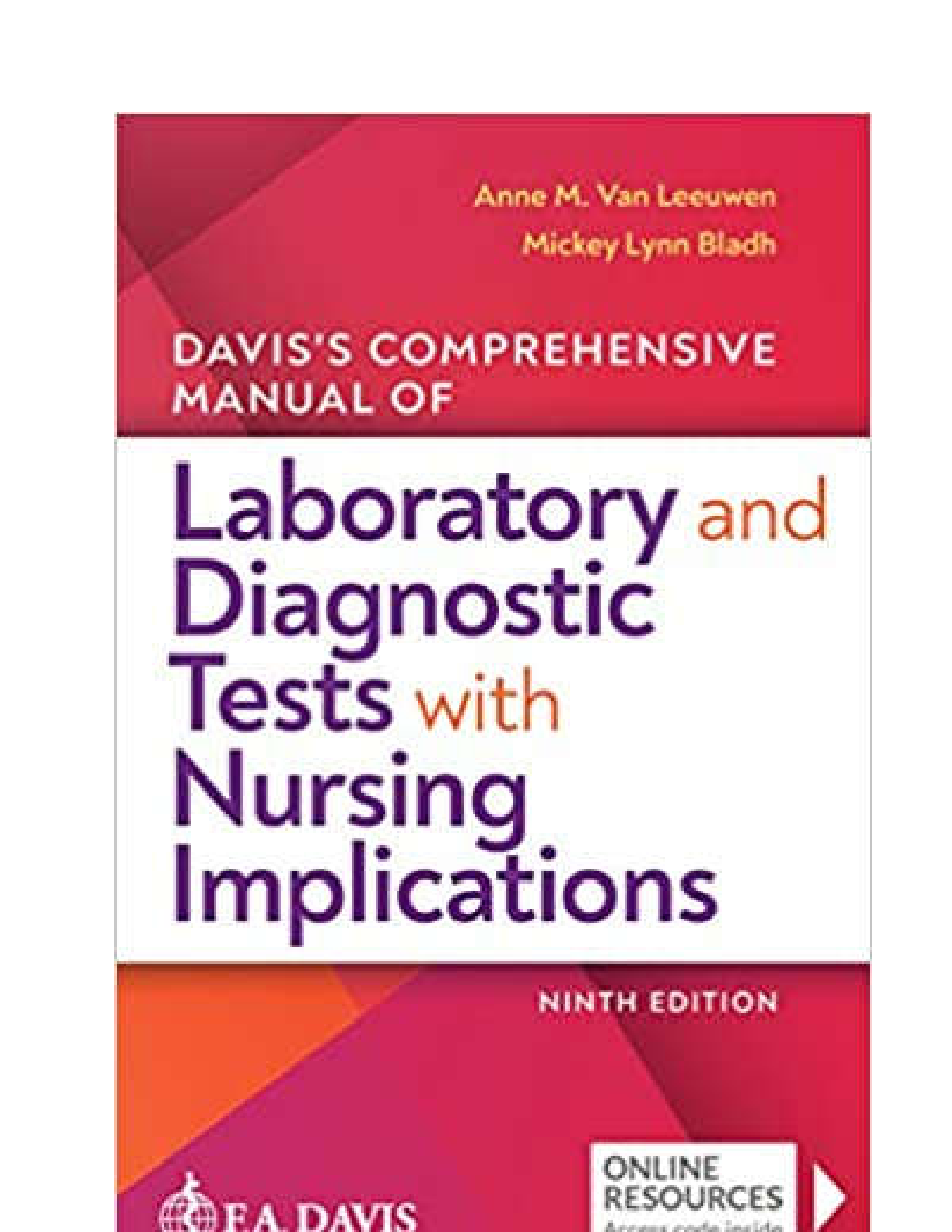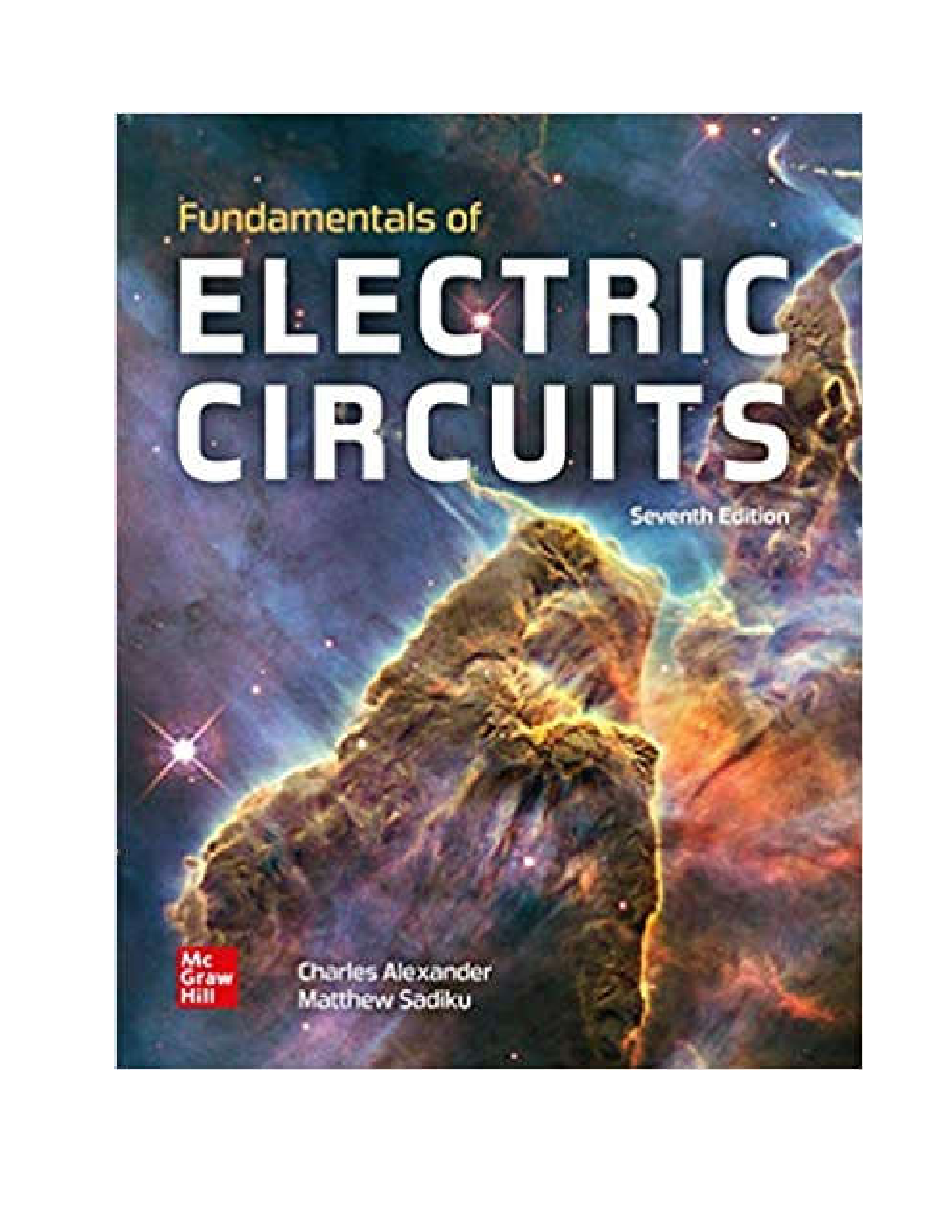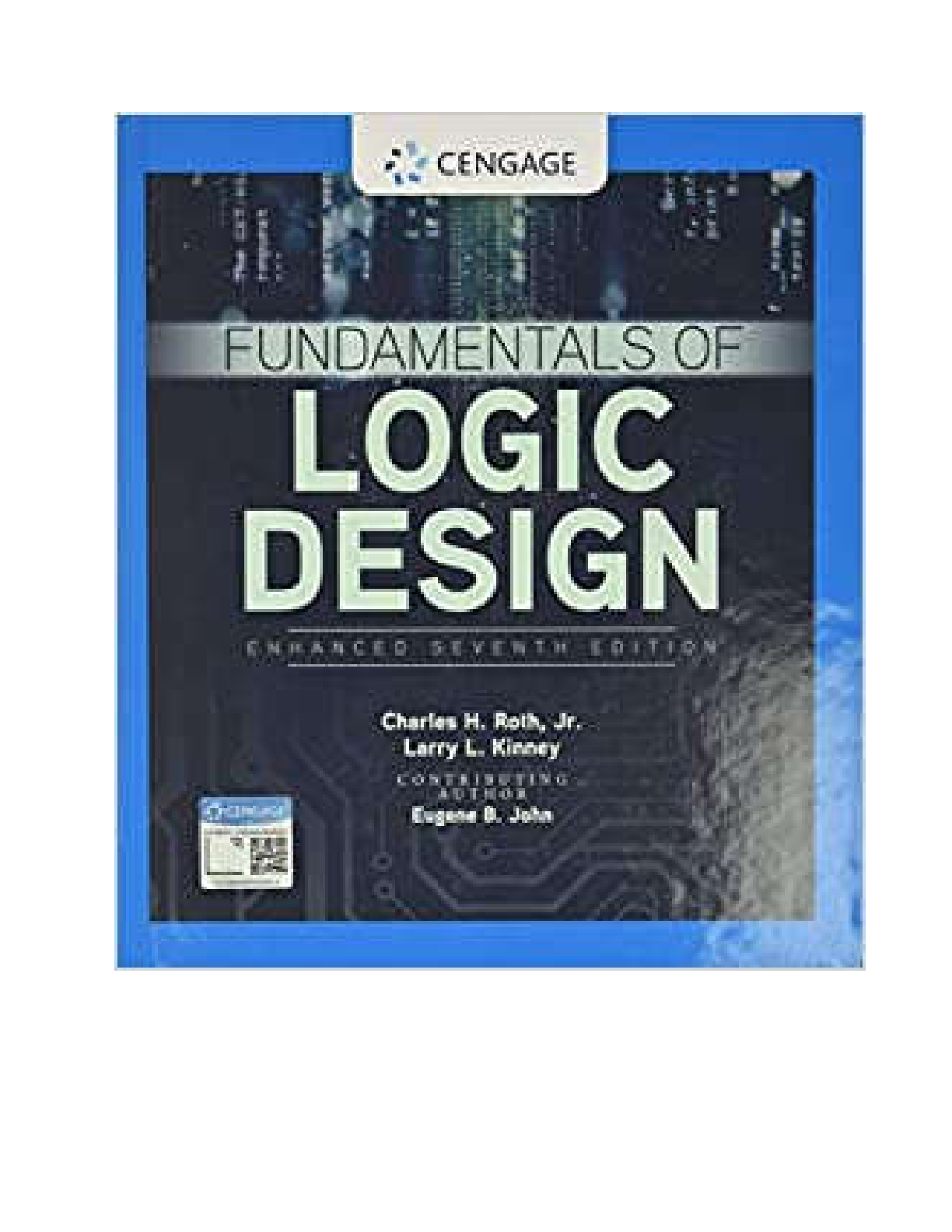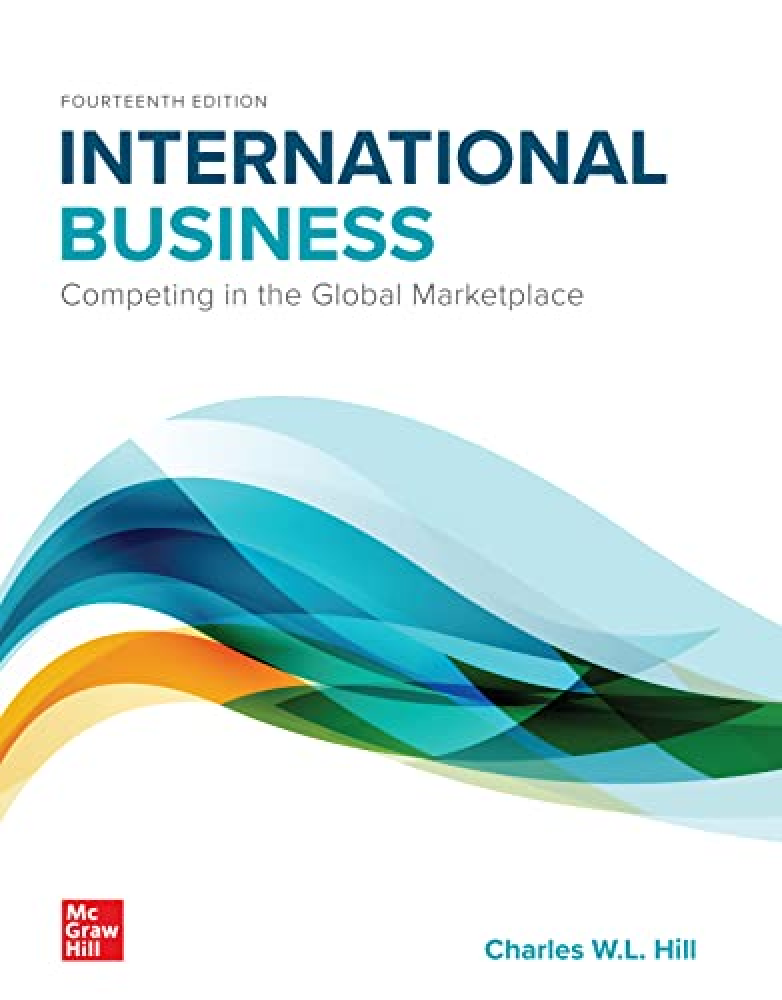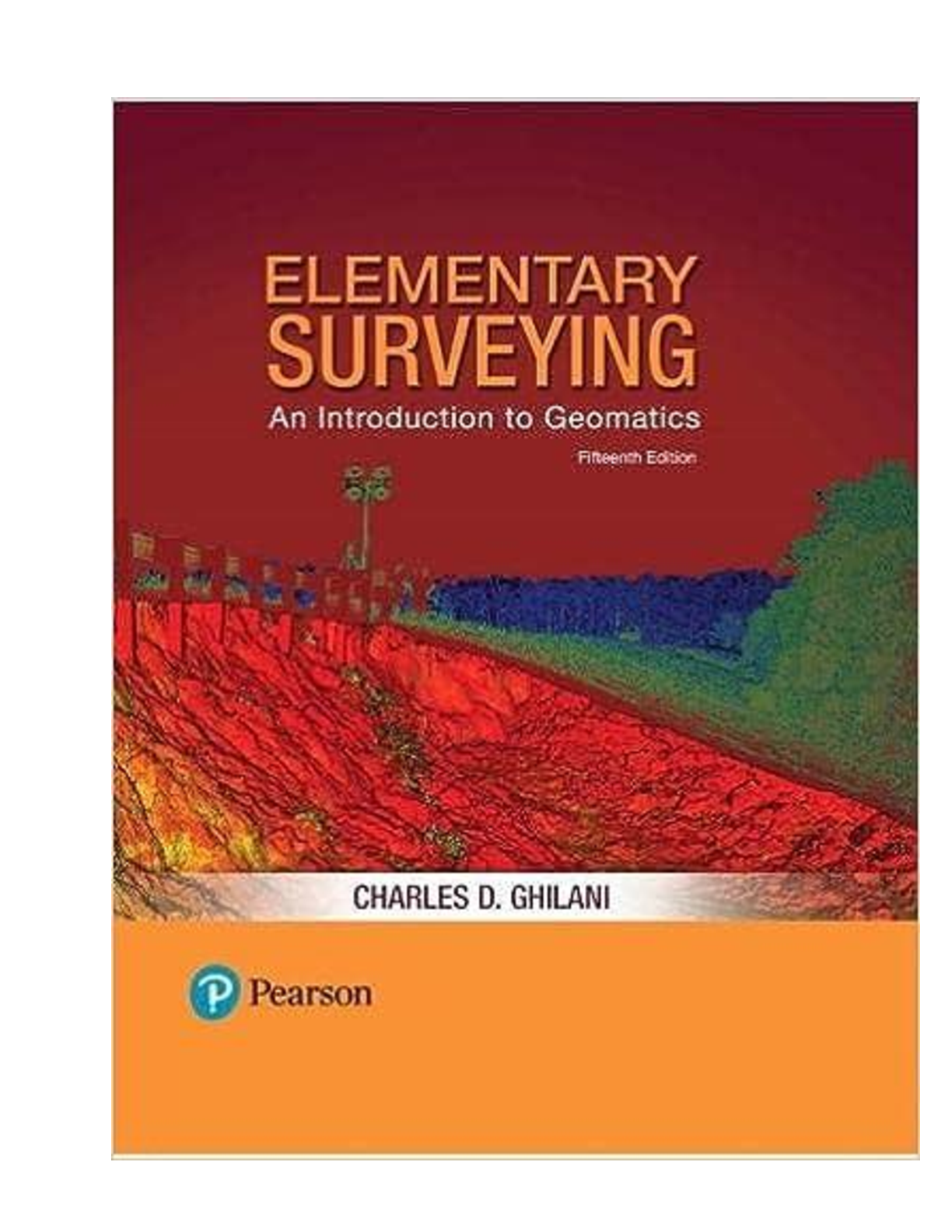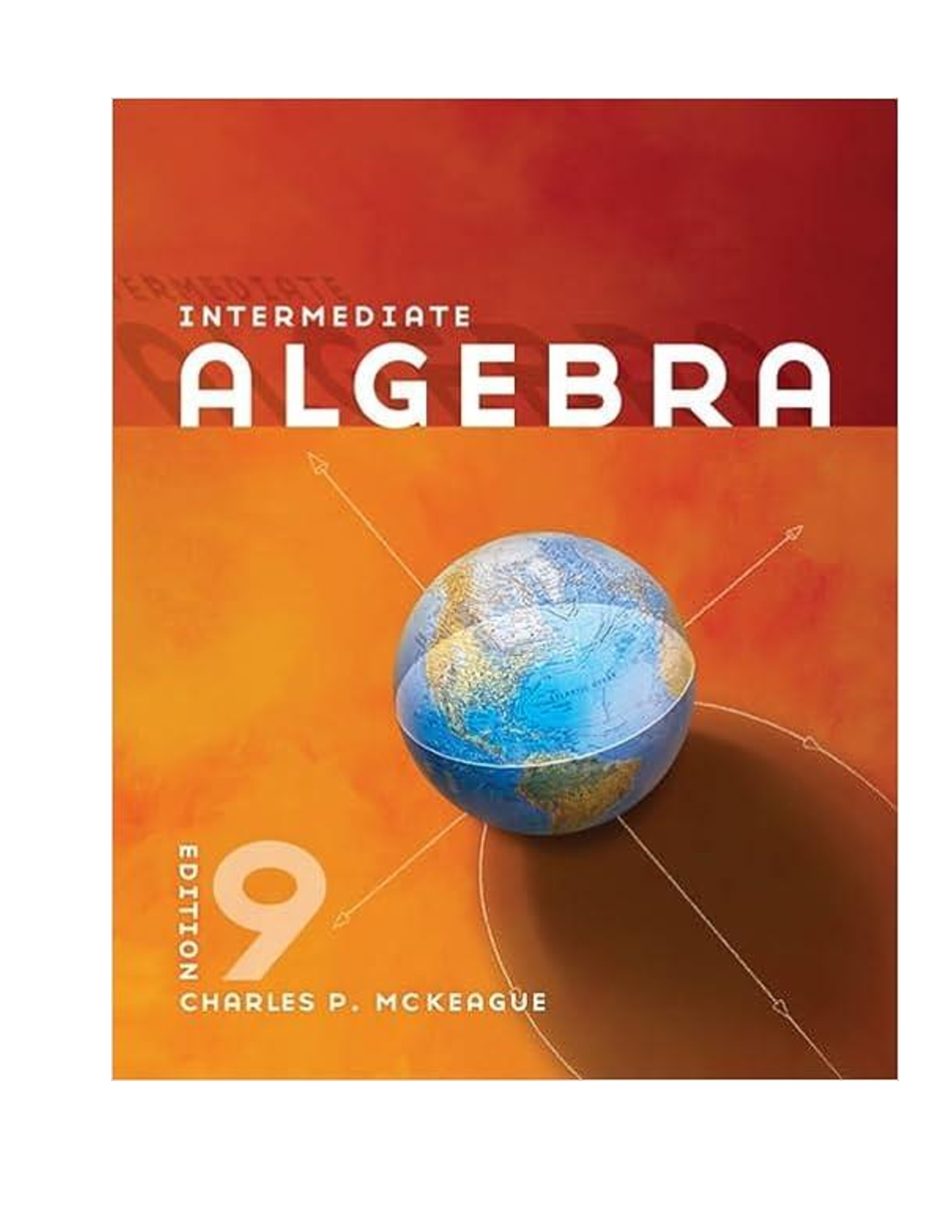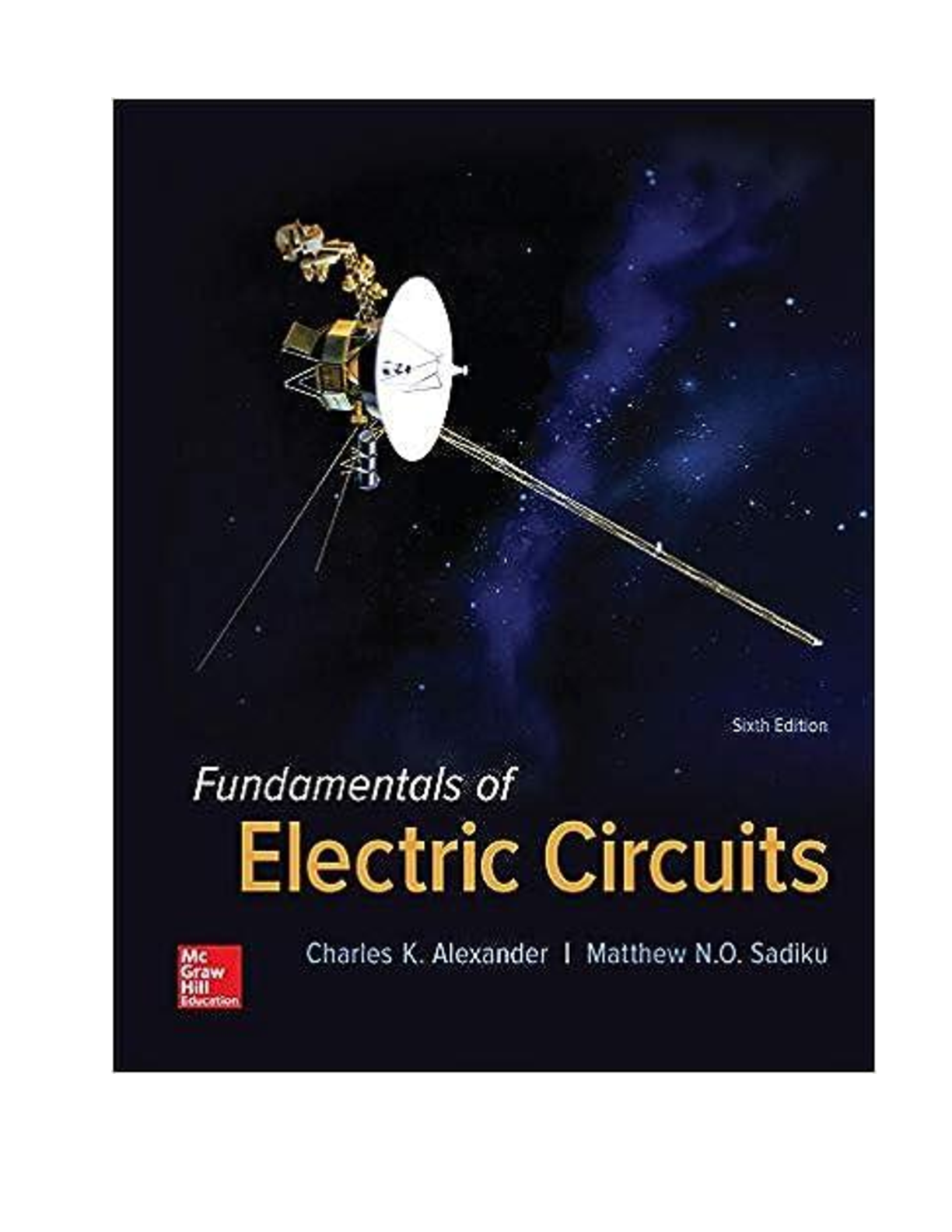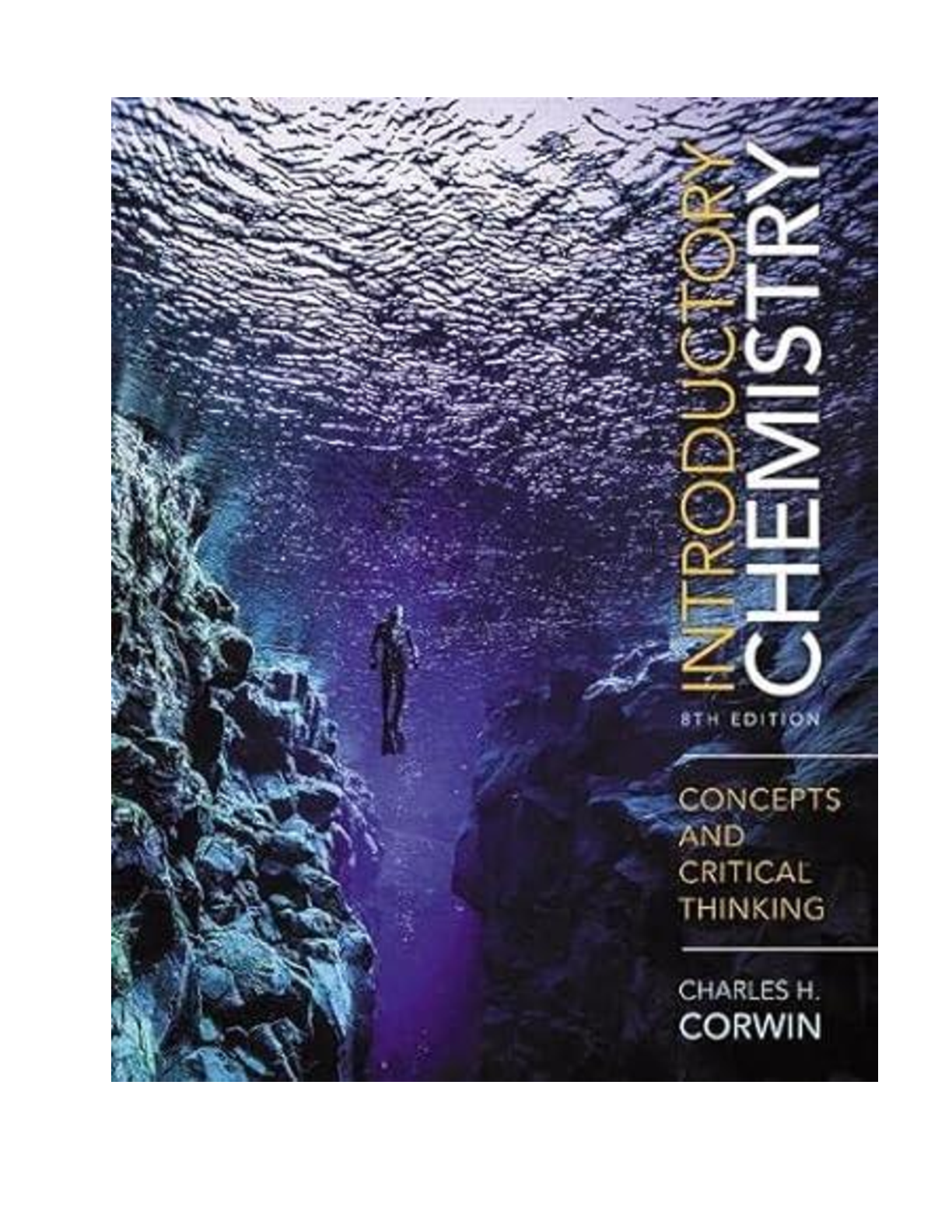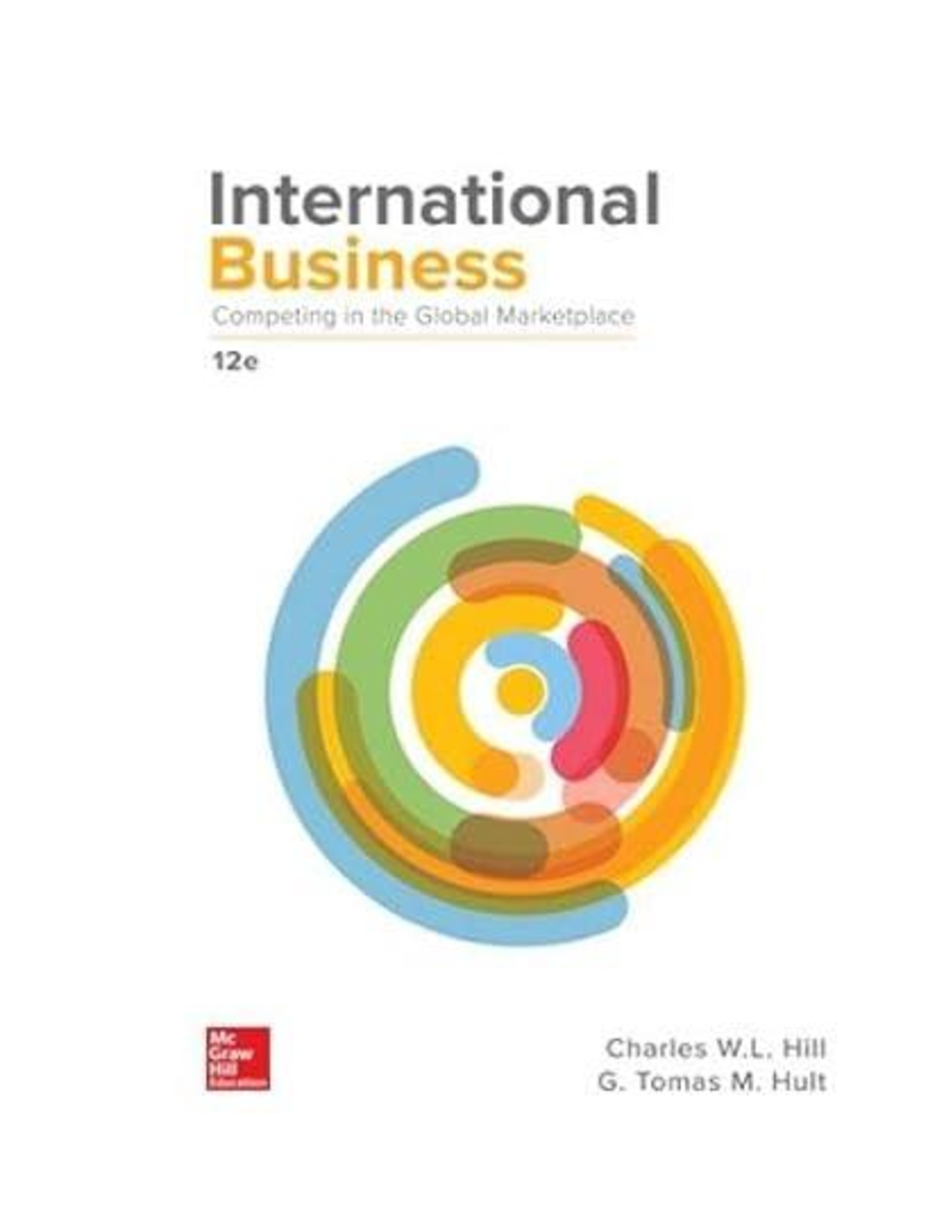[eBook] [PDF] Physical Geology, 3rd Edition By Charles Fletcher
Document Content and Description Below
Cover Title Page About the Author Preface The World Has Changed Why Physical Geology: The Science of Earth, 3e? Pedagogical Help for the Student In Closing Acknowledgments CHAPTER 1: An Intro... duction to Geology 1.1 Geology Is the Scientific Study of Earth and the Other Planets 1.2 Critical Thinking Is the Use of Reasoning to Explain the World Around Us 1.3 Six Concepts Provide an Overarching, Big Picture of Earth 1.4 The Theory of Plate Tectonics Is a Product of Critical Thinking 1.5 The Topography of the Oceans and Continents Reflects Tectonic Processes 1.6 Rock Is a Solid Aggregate of Minerals 1.7 Geologists Study Dangerous Natural Processes Known as Geologic Hazards 1.8 Geologic Resources Are not Limitless, and so Must Be Managed 1.9 The Geologic Time Scale Summarizes Earth’s History Study Guide CHAPTER 2: Solar System 2.1 Earth’s Origin Is Described by the Solar Nebula Hypothesis 2.2 The Sun Is a Star that Releases Energy and Builds Elements Through Nuclear Fusion 2.3 Terrestrial Planets Are Small and Rocky, with Thin Atmospheres 2.4 Gas Giants Are Massive Planets with Thick Atmospheres 2.5 Objects in the Solar System Include the Dwarf Planets, Comets, and Asteroids 2.6 Earth’s Interior Accumulated Heat During its Early History Study Guide CHAPTER 3: Plate Tectonics 3.1 Earth’s interior is a result of chemical differentiation and convection. 3.2 The core, mantle, and crust have distinct chemical and physical features. 3.3 Lithospheric plates carry continents and oceans. 3.4 Paleomagnetism confirms the seafloor spreading hypothesis. 3.5 Plates have divergent, convergent, and transform boundaries. 3.6 Oceanic crust subducts at convergent boundaries. 3.7 Orogenesis occurs where two continents converge. 3.8 Transform boundaries connect two spreading centers. 3.9 Earthquakes are most frequent at plate boundaries. 3.10 Plate movement powers the rock cycle. Study Guide CHAPTER 4: Minerals 4.1 Minerals Are Solid Crystalline Compounds with a Definite, but Variable, Chemical Composition 4.2 A Rock Is a Solid Aggregate of Minerals 4.3 Geologists Use Physical Properties to Identify Minerals 4.4 Atoms Are the Smallest Components in Nature with the Properties of a Given Substance 4.5 Minerals Are Compounds of Atoms Bonded Together 4.6 Oxygen and Silicon Are the Two Most Abundant Elements in Earth’s Crust 4.7 Metallic Cations Join with Silicate Structures to Form Neutral Compounds 4.8 There Are Seven Common Rock-Forming Minerals 4.9 Most Minerals Fall into Seven Major Classes 4.10 Mining Is Necessary, and the Resulting Environmental Damage Can Be Minimized Study Guide CHAPTER 5: Igneous Rock 5.1 Igneous Rock Is Formed When Molten, or Partially Molten, Rock Solidifies 5.2 Igneous Rock Types Are Produced by Crystallization and Magma Differentiation 5.3 Bowen’s Reaction Series Describes the Crystallization of Magma 5.4 The Texture of Igneous Rock Records Its Crystallization History 5.5 Igneous Rocks Are Named on the Basis of Their Texture and Composition 5.6 There Are Seven Common Types of Igneous Rock 5.7 All Rocks on Earth Have Evolved from the First Igneous Rocks 5.8 Basalt Forms at Both Spreading Centers and Hotspots 5.9 Intrusions Occur in a Variety of Sizes and Shapes Study Guide CHAPTER 6: Volcanoes 6.1 A Volcano Is Any Landform from Which Lava, Gas, or Ashes Escape from Underground, or Have Done So in the Past 6.2 There Are Three Common Types of Magma: Basaltic, Andesitic, and Rhyolitic 6.3 Explosive Eruptions Are Fueled by Violent Releases of Volcanic Gas 6.4 Pyroclastic Debris Is Produced by Explosive Eruptions 6.5 Volcanoes Can Be Classified into Six Major Types Based on Their Shape, Size, and Origin 6.6 Shield Volcanoes Are a Type of Central Vent Volcano 6.7 Stratovolcanoes and Rhyolite Caldera Complexes Are Central Vent Volcanoes 6.8 Large-Scale Volcanic Terrains Lack a Central Vent 6.9 Most Volcanoes Are Associated with Spreading Center Volcanism, Arc Volcanism, or Intraplate Volcanism 6.10 Volcanic Hazards Threaten Human Communities Study Guide CHAPTER 7: Weathering 7.1 Weathering Includes Physical, Chemical, and Biological Processes 7.2 Physical Weathering Causes Fragmentation of Rock 7.3 Hydrolysis, Oxidation, and Dissolution Are Chemical Weathering Processes 7.4 Biological Weathering Involves Both Chemical and Physical Processes, and Sedimentary Products Result from All Three Types of Weathering 7.5 Rocks and Minerals Can Be Ranked by their Vulnerability to Weathering 7.6 The Effects of Weathering Can Change the Climate 7.7 Weathering Produces Soil 7.8 The Soil Profile, Spheroidal Weathering, and Natural Arches Are Products of Weathering 7.9 Soil Erosion Is a Significant Problem 7.10 There Are 12 Orders in the Soil Classification System Study Guide CHAPTER 8: Sedimentary Rock 8.1 Sedimentary Rock is Formed from the Weathered and Eroded Remains of Earth's Crust 8.2 There Are Three Common Types of Sediment: Clastic, Chemical, and Biogenic 8.3 Sediments Travel from Source Area to Depositional Environment 8.4 Sediments Change as They Are Transported Across Earth's Surface 8.5 Clastic Grains Combine with Chemical and Biogenic Sediments 8.6 Sediment Becomes Rock During the Sedimentary Cycle 8.7 There Are Eight Major Types of Clastic Sedimentary Rock 8.8 There Are Seven Major Types of Chemical Sedimentary Rock and Four Major Types of Biogenic Sedimentary Rock 8.9 Sedimentary Rocks Preserve Evidence of Past Depositional Environments 8.10 Primary Sedimentary Structures Record Environmental Processes Study Guide CHAPTER 9: Metamorphic Rock 9.1 Metamorphic Rocks Are Composed of Sedimentary, Igneous, or Metamorphic Minerals that have Recrystallized 9.2 Metamorphism Is Caused by Heat and Pressure 9.3 Chemically Active Fluids Transport Heat and Promote Recrystallization 9.4 Rocks Evolve Through a Sequence of Metamorphic Grades 9.5 Foliated Texture Is Produced by Directed Stress Related to Regional Metamorphism 9.6 Nonfoliated Rocks May Develop During Regional or Contact Metamorphism 9.7 The Relationship Between Mineral Assemblage and Metamorphic Grade Is Expressed by Metamorphic Facies 9.8 Metamorphism Is Linked to Plate Tectonics Study Guide CHAPTER 10: Mountain Building 10.1 Rocks in Earth’s Crust Are Bent, Stretched, and Broken 10.2 Strain Takes Place in Three Stages: Elastic Deformation, Ductile Deformation, and Fracture 10.3 Strain in the Crust Produces Joints, Faults, and Folds 10.4 Dip-Slip and Strike-Slip Faults Are the Most Common Types of Faults 10.5 Rock Folds Are the Result of Ductile Deformation 10.6 Outcrop Patterns Reveal the Structure of the Crust 10.7 The San Andreas Fault Is a Plate Boundary 10.8 Mountain Building May Be Caused by Volcanism, Faulting, and Folding 10.9 Volcanic Mountains Are Formed by Volcanic Products, Not by Deformation 10.10 Crustal Extension Formed the Basin and Range Province 10.11 Fold-and-Thrust Belts Are the Highest and Most Structurally Complex Mountain Belts Study Guide CHAPTER 11: Earthquakes 11.1 An Earthquake Is a Sudden Shaking of Earth’s Crust 11.2 There Are Several Types of Earthquake Hazards 11.3 The Elastic Rebound Theory Explains the Origin of Earthquakes 11.4 Most Earthquakes Occur at Plate Boundaries, but Intraplate Seismicity Is Also Common 11.5 Divergent, Convergent, and Transform Margins Are the Sites of Frequent Earthquake Activity 11.6 Earthquakes Produce Four Kinds of Seismic Waves 11.7 Seismometers Are Instruments That Locate and Measure Earthquakes 11.8 Earthquake Magnitude Is Expressed as a Whole Number and a Decimal Fraction 11.9 Seismology Is the Study of Seismic Waves to Improve Our Understanding of Earth’s Interior 11.10 Seismic Data Confirm the Existence of Discontinuities in Earth’s Interior 11.11 Seismic Tomography Uses Seismic Data to Make Cross Sections of Earth’s Interior Study Guide CHAPTER 12: Geologic Time 12.1 Earth's History Is a Sequence of Geologic Events 12.2 Geology Is the Science of Time 12.3 Seven Stratigraphic Principles Are Used in Relative Dating 12.4 Relative Dating Determines the Order of Geologic Events 12.5 James Hutton Recognized the Meaning of Unconformities in the Geologic Record 12.6 Radiometric Dating Uses Radioactive Decay to Estimate the Age of Geologic Samples 12.7 Geologists Select an Appropriate Radioisotope When Dating a Sample 12.8 Accurate Dating Requires Understanding Sources of Uncertainty 12.9 Potassium-Argon and Carbon Serve as Important Isotopic Clocks 12.10 Scientists Arrived at Earth's Age Via Several Independent Observations Study Guide CHAPTER 13: Earth’s History 13.1 Earth’s History Has Been Unveiled by Scientists Applying the Tools of Critical Thinking 13.2 Fossils Preserve a Record of Past Life 13.3 Evidence of Evolution Is Set in Stone 13.4 Molecular Biology Provides Evidence of Evolution 13.5 Mass Extinctions Influence the Evolution of Life 13.6 The Geologic Time Scale Is the Calendar of Events in Earth’s History 13.7 The Archean and Proterozoic Eons Lasted from 3.8 Billion to 542 Million Years Ago 13.8 In the Paleozoic Era, Complex Life Emerged and the Continents Reorganized 13.9 In the Mesozoic Era, Biological Diversity Increased and Continents Reorganized 13.10 Modern Humans Arose in the Cenozoic Era Study Guide CHAPTER 14: Climate Change 14.1 Climate Change Alters Environmental Processes That Affect the Whole Earth 14.2 Heat Circulation in the Atmosphere and Oceans Maintains Earth’s Climate 14.3 The Greenhouse Effect Is at the Heart of Earth’s Climate System 14.4 The Global Carbon Cycle Describes How Carbon Moves Through Natural Systems 14.5 Modeling Improves Our Understanding of Climate Change 14.6 Human Activities Have Raised the Level of Carbon Dioxide in the Atmosphere 14.7 Earth’s Atmospheric Temperature Has Risen by About 1.0°C in the Past 100 Years 14.8 Climate Change Leads to Ocean Acidification and Warming, Glacier Melting, Weather Changes, and Other Negative Impacts 14.9 Fossil Fuels, Principally Oil, Provide Most of the Energy That Powers Society 14.10 Multiple Efforts Are Underway to Manage Climate Change Study Guide CHAPTER 15: Glaciers and Paleoclimatology 15.1 A Glacier Is a River of Ice 15.2 Glaciers Are Found in a Wide Diversity of Forms and Environments 15.3 Ice Moves Through the Interior of a Glacier As If On a One-Way Conveyor Belt 15.4 Glacial Landforms Are Widespread and Attest to Past Episodes of Glaciation 15.5 The Majority of Glaciers and Other Ice Features Are Retreating in Reaction to Global Warming 15.6 The Ratio of Oxygen Isotopes in Glacial Ice and Deep-Sea Sediments Provides a Proxy for Global Climate History 15.7 Earth’s Recent History Has Been Characterized by Alternating Cycles of Ice Ages and Interglacials 15.8 During the Last Interglacial, Climate Was Warmer and Sea Level Was Higher Than at Present 15.9 Paleoclimate Is Influenced by the Timing and Location of Sunlight Reaching Earth 15.10 Together, Orbital Forcing and Climate Feedbacks Produced the Paleoclimate Study Guide CHAPTER 16: Mass Wasting 16.1 Mass Wasting Is the Movement of Rock and Soil Down a Slope Under the Force of Gravity 16.2 Creep, Solifluction, and Slumping Are Common Types of Mass Wasting 16.3 Fast-Moving Mass Wasting Events Tend to Be the Most Dangerous 16.4 Avalanches, Lahars, and Submarine Landslides Are Special Types of Mass Wasting Processes 16.5 Several Factors Contribute to Unstable Slopes 16.6 Mass Wasting Processes Vary in Speed and Moisture Content 16.7 Human Activities Are Often the Cause of Mass Wasting 16.8 Research Improves Knowledge of Mass Wasting and Contributes to the Development of Mitigation Practices Study Guide CHAPTER 17: Surface Water 17.1 The Hydrologic Cycle Moves Water Between the Atmosphere, the Ocean, and the Crust 17.2 Runoff Enters Channels That Join Other Channels to Form a Drainage System 17.3 Discharge Is the Amount of Water Passing a Given Point in a Measured Period of Time 17.4 Running Water Erodes Sediment 17.5 There Are Three Types of Stream Channels: Straight, Meandering, and Braided 17.6 Flooding Is a Natural Process in Healthy Streams 17.7 Streams May Develop a Graded Profile 17.8 Fluvial Processes Adjust to Changes in Base Level 17.9 Fluvial Sediment Builds Alluvial Fans and Deltas 17.10 Water Problems Exist on a Global Scale Study Guide CHAPTER 18: Groundwater 18.1 Groundwater Is Our Most Important Source of Freshwater 18.2 Groundwater Is Fed by Snowmelt and Rainfall in Areas of Recharge 18.3 Groundwater Moves in Response to Gravity and Hydraulic Pressure 18.4 Porous Media and Fractured Aquifers Hold Groundwater 18.5 Groundwater Is Vulnerable to Several Sources of Pollution 18.6 Common Human Activities Contaminate Groundwater 18.7 Groundwater Remediation Incorporates Several Types of Treatment 18.8 Groundwater Is Responsible for Producing Karst Topography and Springs 18.9 Hydrothermal Activity and Cave Formation Are Groundwater Processes Study Guide CHAPTER 19: Deserts and Wind 19.1 Deserts May Be Hot or Cold, but Low Precipitation Is a Common Trait 19.2 Atmospheric Moisture Circulation Determines the Location of Most Deserts 19.3 Several Factors Contribute to Desert Formation 19.4 Each Desert Has Unique Characteristics 19.5 Wind Is an Important Geological Agent 19.6 Sand Dunes Reflect Sediment Availability and Dominant Wind Direction 19.7 Paradoxically, Arid Landforms Are Shaped by Water 19.8 Desertification Threatens All Six Inhabited Continents Study Guide CHAPTER 20: Coastal Geology 20.1 Shorelines Are in a State of Perpetual Change 20.2 Wave Energy Is the Dominant Force Driving Natural Coastal Change 20.3 Wave Refraction and Wave-Generated Currents Occur in Shallow Water 20.4 Longshore Currents and Rip Currents Transport Sediment in the Surf Zone 20.5 Gravity and Inertia Generate Two Tides Every Day 20.6 Hurricanes and Tropical Storms Cause Catastrophic Damage to Coastal Areas 20.7 Sea Level Rise Since the Last Ice Age Has Shaped Most Coastlines, and Continues to Do So 20.8 Barrier Islands Migrate with Rising Sea Level 20.9 Rocky Shorelines, Estuaries, and Tidal Wetlands Are Important Coastal Environments 20.10 Coasts May Be Submergent or Emergent, Depositional or Erosional, or Exhibit Aspects of All Four of These Characteristics 20.11 Coral Reefs Are Home to One-Fourth of All Marine Species 20.12 Coastal Problems Are Growing as Populations Increase Study Guide CHAPTER 21: Marine Geology 21.1 Marine Geology Is the Study of Geologic Processes within Ocean Basins 21.2 Ocean Waters Are Mixed by a Global System of Currents 21.3 A Continental Shelf Is the Submerged Border of a Continent 21.4 The Continental Margin Consists of the Shelf, the Slope, and the Rise 21.5 Most Ocean Sediment Is Deposited on the Continental Margin 21.6 Pelagic Sediment Covers the Abyssal Plains 21.7 Pelagic Stratigraphy Reflects Dissolution, Dilution, and Productivity 21.8 The Mid-Ocean Ridge Is the Site of Seafloor Spreading 21.9 Oceanic Trenches Occur at Subduction Zones 21.10 Human Impacts on Earth’s Oceans Are Global in Extent Study Guide Glossary Index [Show More]
Last updated: 1 year ago
Preview 1 out of 900 pages

Buy this document to get the full access instantly
Instant Download Access after purchase
Add to cartInstant download
We Accept:

Reviews( 0 )
$20.00
Document information
Connected school, study & course
About the document
Uploaded On
Mar 09, 2022
Number of pages
900
Written in
Additional information
This document has been written for:
Uploaded
Mar 09, 2022
Downloads
0
Views
13



 Strategic Management Creating Competitive Advantages, 10e Gregory Dess, Gerry McNamara, Alan Eisner, Seung-Hyun Lee.png)
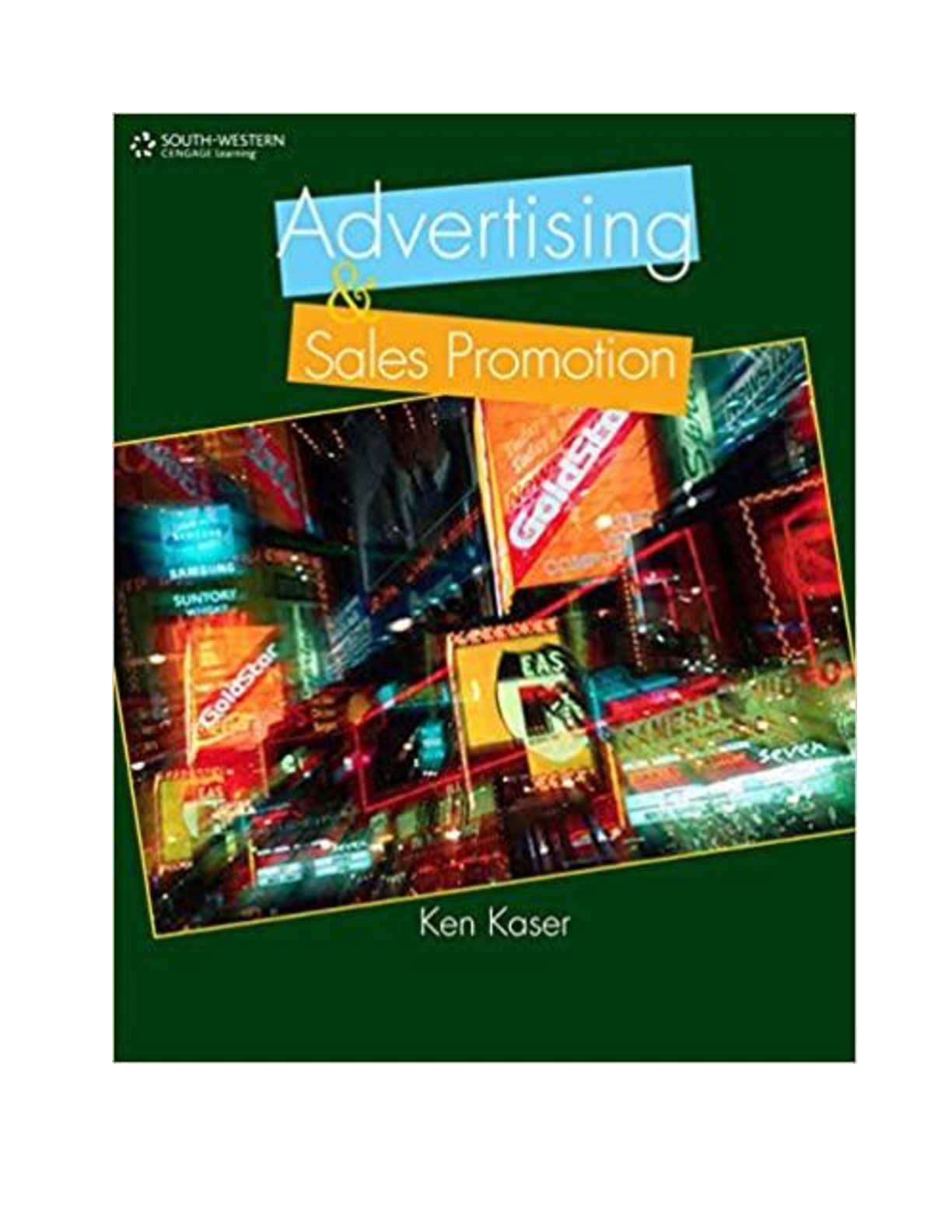


 Gary Donell, Clarence Byrd, Ida Chen.png)



